GODOG
Los Angeles 2023 Lauren Powell Projects solo multimedia interactive exhibition
God is Dead
‘At the turn of the twentieth century Friedrich Nietzsche proclaimed that god was dead and that man had killed him. This created an arrogance within man that he himself was god. But as god, all he could seem to produce was disaster. That led to a terrifying confusion: for if we could not take the place of god, how could we fill the space we had created within ourselves?’ David Bowie
“GODOG” on site installation Fawn Rogers 2023





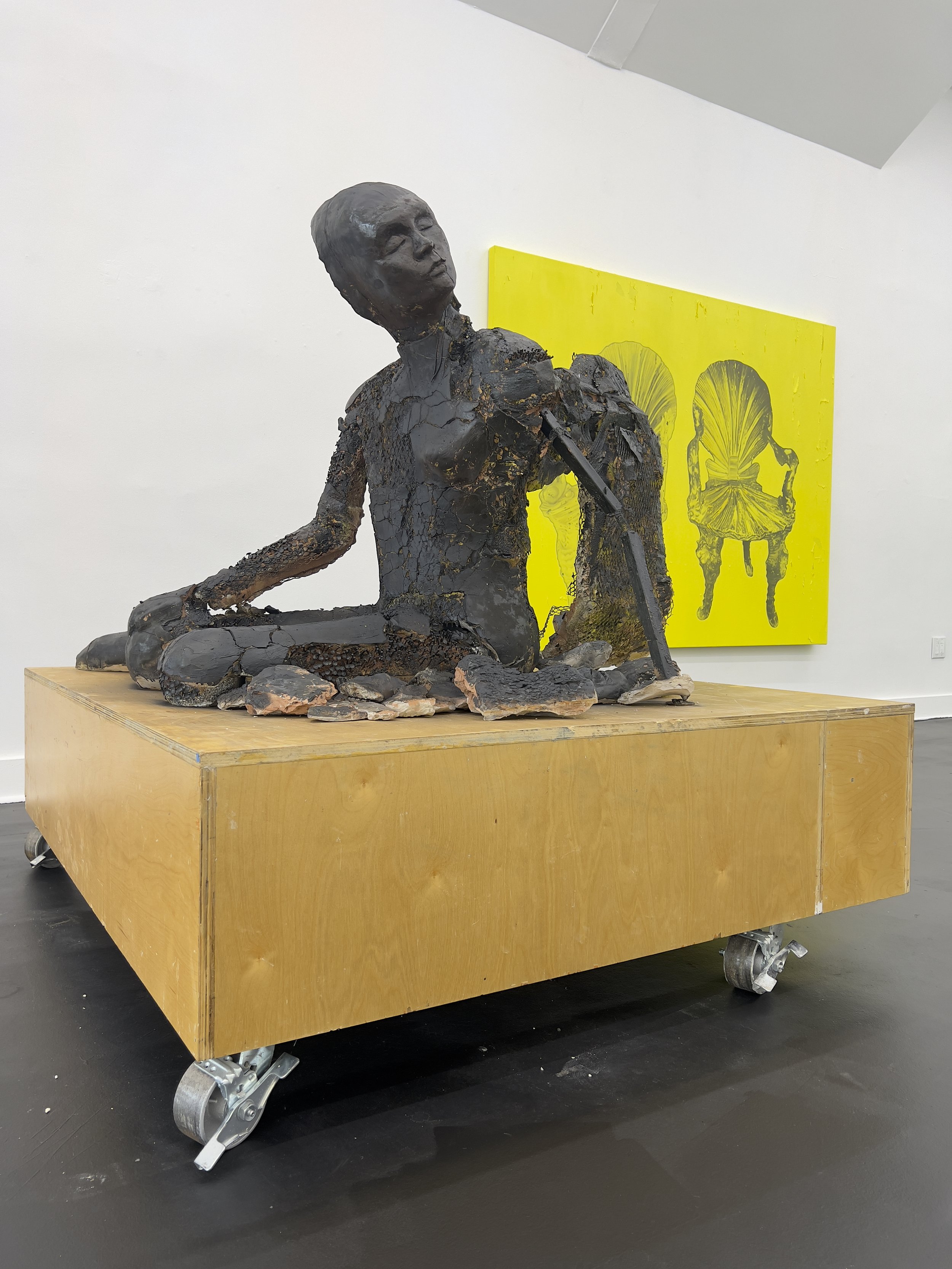
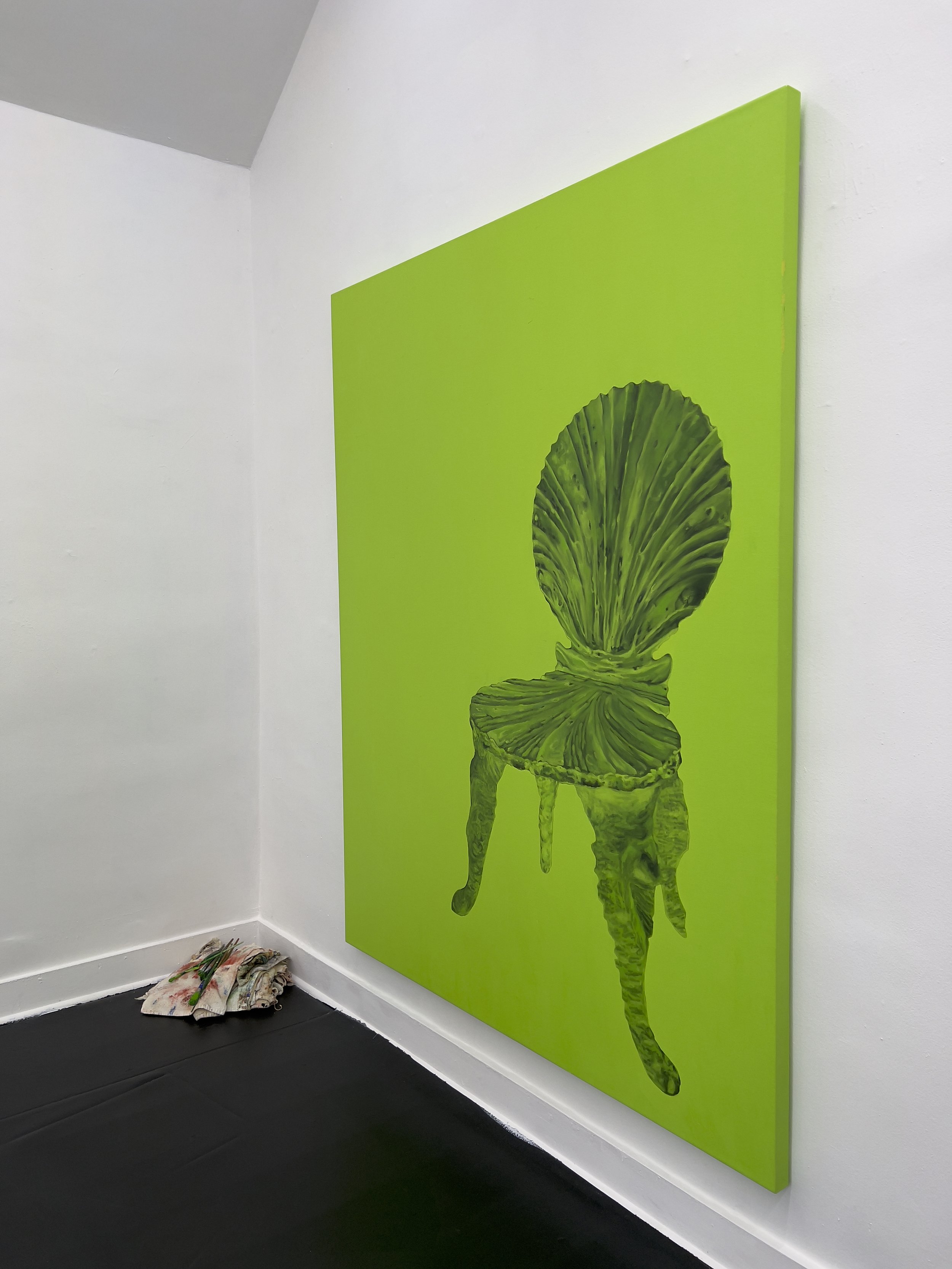









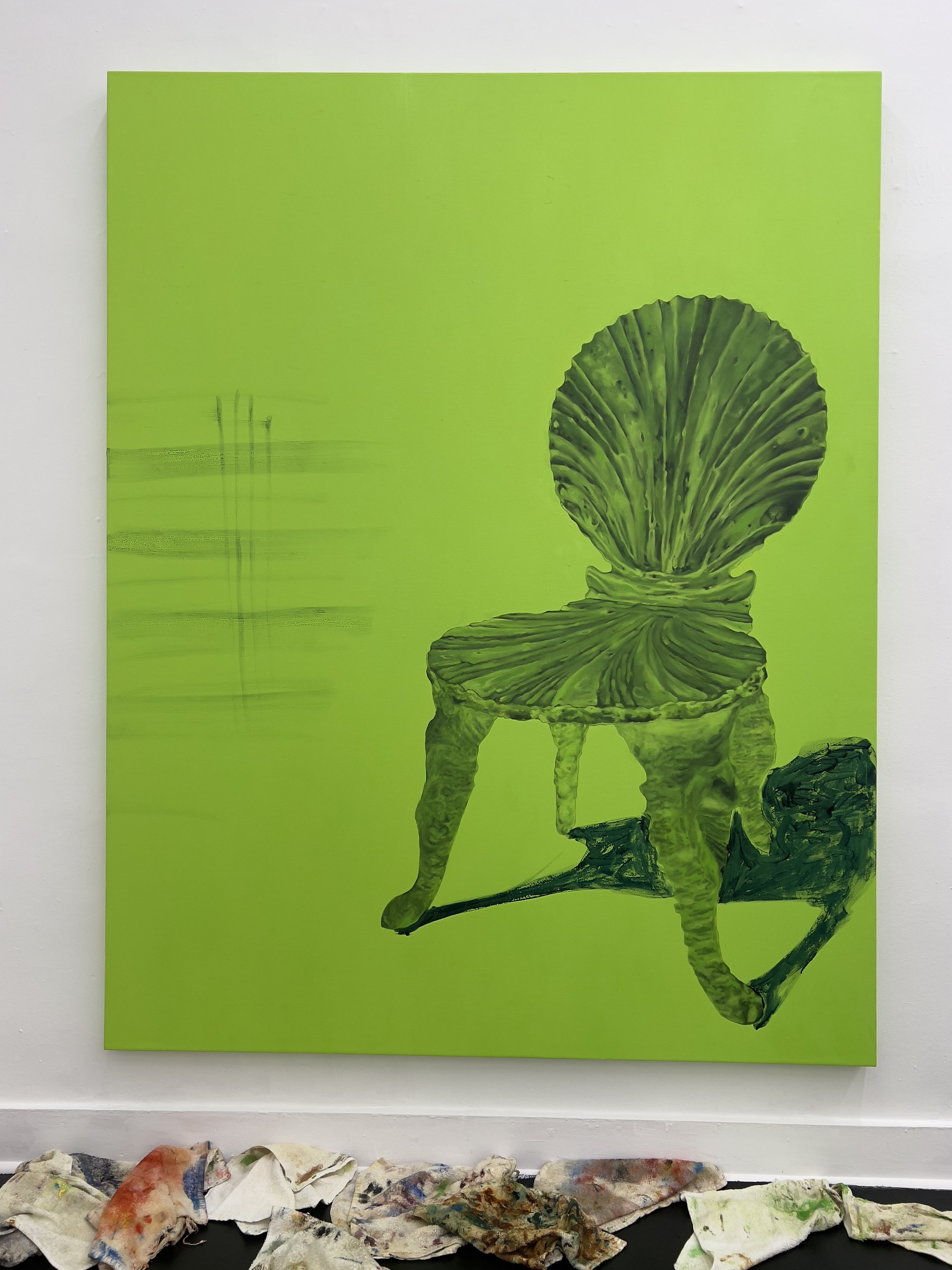

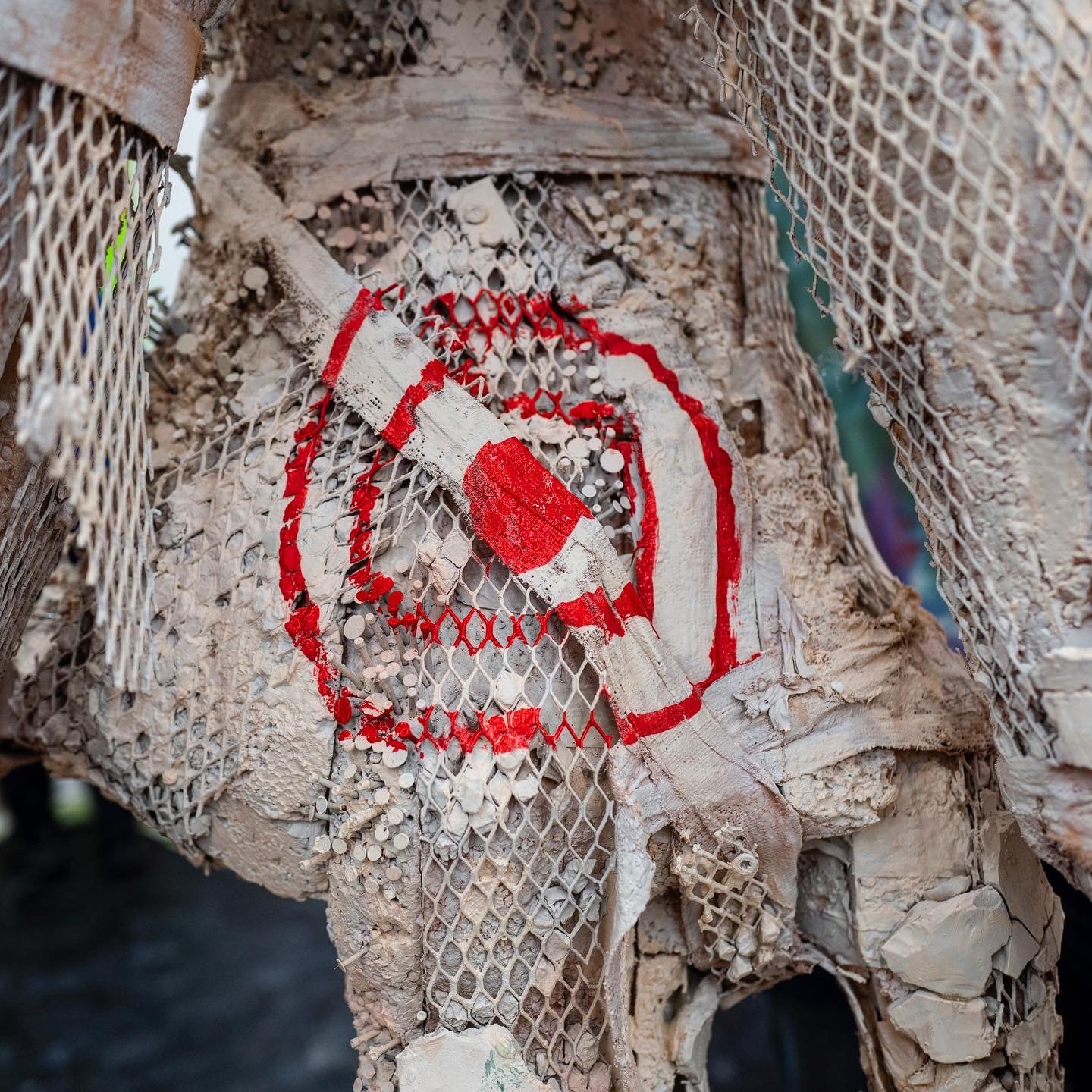

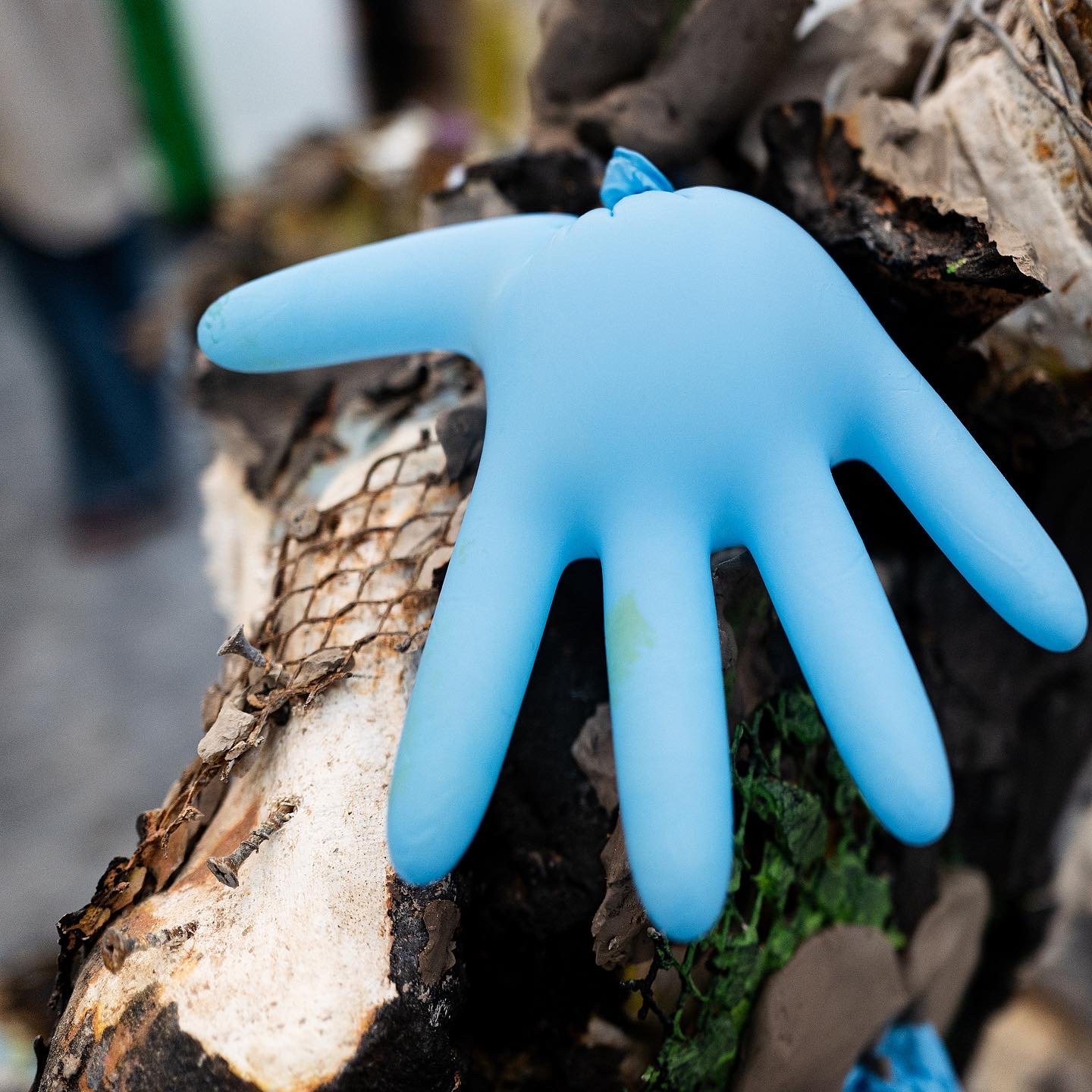



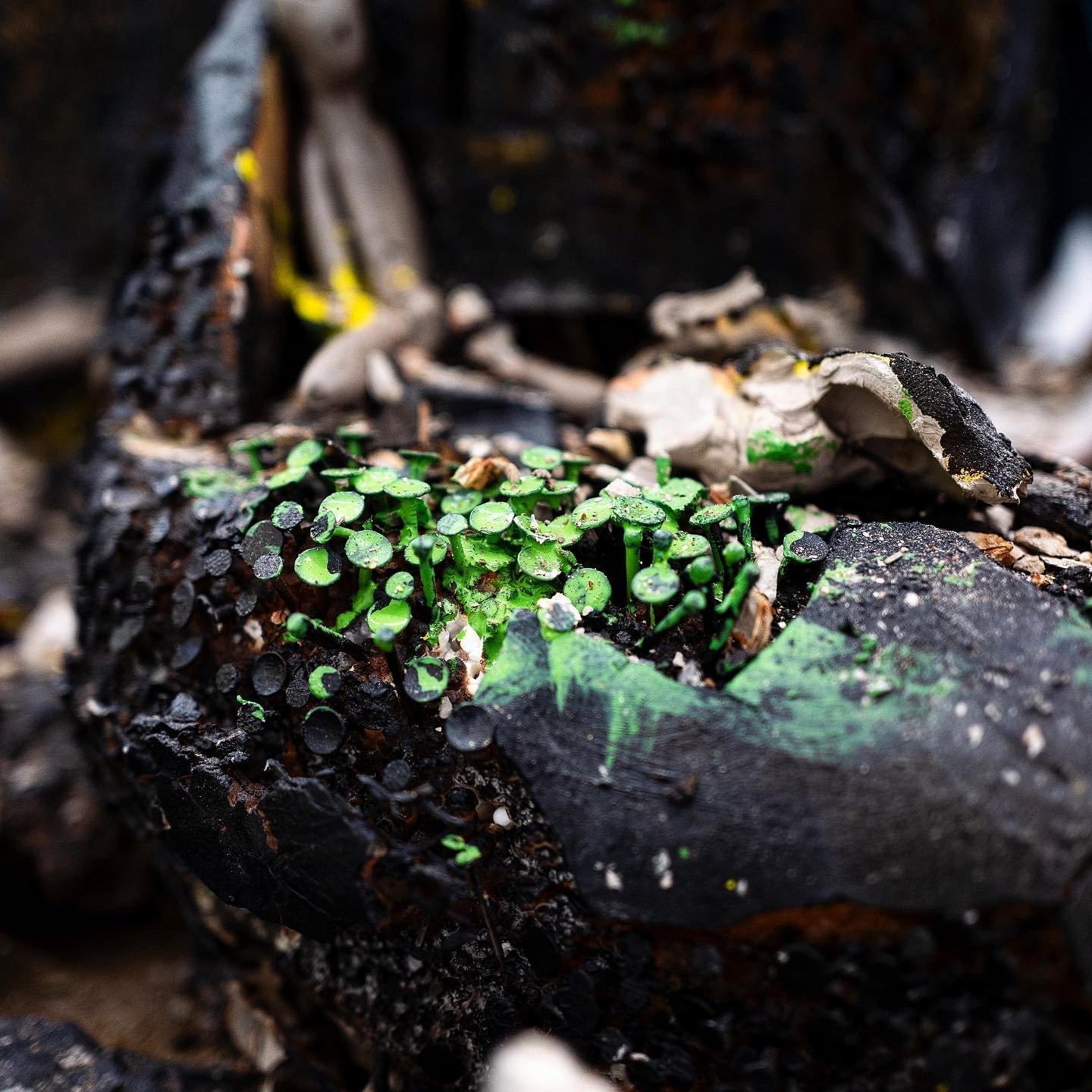















GODOG
A year before the pandemic, Fawn Rogers began noticing all the canned oysters and sardines she was consuming—“They looked like humans tucked into a coffin,” she says—and began making paintings on the packaging, which led to a series of works on paper and then another series of bronze figurative Venus sculptures depicting creatures—half-human, half-sex organ—who are meant to evoke a future with less sexual repression. She would later evolve that body of work into a pair of slumped, cybernetic figures hewn from clay, steel mesh, and nails. "Nails represent 5000 years of the creating and destroying we have done," says Rogers. "We have used nails in every way, shape and form to build our civilizations, which brings us to this current geological era, this time period where humans have affected change we can no longer reverse."
For GODOG, Rogers' interactive exhibition at Lauren Powell Projects, the artist will invite visitors to the gallery to either create or destroy the sculptures with the same tools and materials she used to make them. Rogers will also exhibit two large oil paintings depicting 18th century grotto chairs, which were hand-carved in the shape of scallops in Venice, Italy. In Greek mythology scallops were thought to be a symbol of pilgrimage, protection, rebirth, and fertility. Aphrodite, who was born in sea foam, reached the shores of Cyprus riding on a scallop shell. The paintings, titled Room With a View, serve as a counterpoint to the sculptures, a vantage from which to view this space of destruction or creation. As with the sculptures, Rogers is inviting visitors to the gallery to intervene on the paintings with spray paint, paint thinners, oil paint, markers, clay, nails and a hammer.
“In a way the grotto chairs represent the beginning and the end, because this chair came about during the time the nobility was building these shell-encrusted pavilions. This aligned with the industrial revolution and the extinction of the great auk, which was really the beginning of the anthropocene, the first time humans consciously caused extinction in a discrete time period and have yet to do anything about it. Now Venice, the birthplace of this chair, is going underwater,” says Rogers, noting the gallery will also be presided over by paintings of birds facing extinction and skateboards punctured with beds of nails painted green to resemble fields of grass. "They are painted like grass but instead of being sensual, they are torturous," says Rogers. "Some people believe a bed of nails is meditative and some believe lying on a bed of nails gives pain relief. Perhaps we need all of this in our current condition."
The title of the show, GODOG, is derived from a body of neon works that flash the words—DO GOD; GO DOG GO; OH OH OH GODOG. They serve as prompts for different actions and desires. Throughout the run of the show Rogers will film these actions and desires on live-feed cameras that record what every visitor chooses to do to the sculptures and paintings. These interventions will later be compiled into a timelapse video. The process begs the question: What is the difference between the banal and the divine? Oftentimes it’s very little. Humans love to play god, but most of the time we’re no better than dogs. Dogs, in fact, might be more noble. “There’s really no way to be alive and not cause harm,” says Rogers. “But what do we do?” With the absence—or maybe the heightened presence—of shame or glory, you have to ask yourself: do I create or do I destroy? Am I a god or a dog? Maybe there’s no difference.
Essay by: Michael Slenske




